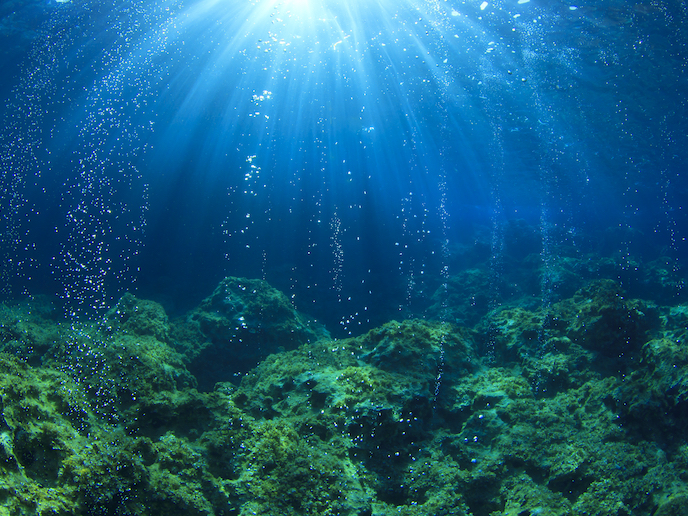Revealing the evolution of a microscopic marine symbiosis
According to Lynn Margulis, symbiosis is the strongest force of evolution, as it is the origin of all current complex life on Earth. Consequently, understanding how symbiotic relationships are established and develop is fundamental to understanding nature and life itself. The EU-supported UCYN2PLAST project focused on a symbiotic partnership, only discovered a decade ago, between a unicellular cyanobacterium, UCYN-A, and a single-celled eukaryotic microalga, prymnesiophyte. “The interaction between the two species is so tight that they seem to be merging into a single species,” explains research fellow Francisco M. Cornejo Castillo. “This is a rare contemporary example of a symbiosis which is evolving into something else – a plastid." Plastids are membrane-bound organelles, found in all eukaryotic cells, including plants and animals, where they perform key metabolic functions. The project achieved a more detailed understanding of the UCYN-A symbiosis than was previously available. It characterised the organism’s diversity and oceanic distribution, alongside the mechanisms involved in the communication between the two partners and the chemicals exchanged.
Visualising symbiosis
The Marie Skłodowska-Curie Actions fellowship enabled Cornejo to spend almost 3 years at the University of California Santa Cruz in the lab of Jonathan Zehr, the discoverer of the UCYN-A symbiosis. Here, Cornejo focussed on different aspects of the UCYN-A symbiosis, applying a range of lab and computational techniques to its ecology and physiology. These included single-cell genomics, epifluorescence microscopy, quantitative PCR and high-throughput DNA sequencing. Combining methodologies, the team visualised the UCYN-A symbiosis in natural samples collected from different ocean regions. A key goal was to reveal more about the channels and chemical substances involved in host-symbiont communication. Using specially designed probes, the team visualised synchronised protein expression between the symbiotic partners, indicating that a chemical ‘conversation’ was under way. “This was a real technical achievement. I’ll never forget the excitement I felt the first time I was able to effectively listen in to this ‘conversation’,” remarks Cornejo.
Key finding related to nutrient exchange
Previous experiments by the Zehr Laboratory had shown that the microalgal host of UCYN-A did not show much appetite for absorbing nutrients, specifically nitrate and ammonium, in the typical algal manner. During UCYN2PLAST, the team discovered that the proteins involved in absorbing environmental nutrients are located in a different part of the cell compared with other algal species. These proteins are oriented towards UCYN-A, which is inside the algal cell, instead of towards the exterior of the cell, more usual for other algal species. “It seems the microalgal host knows that UCYN-A can provide these nutrients and so they don’t need to have their proteins orientated like other algae, competing with other microorganisms,” adds Cornejo.
Benefiting from nature’s lab
UCYN-A lacks typical features of other cyanobacterial processes, such as oxygenic photosynthesis or CO2 fixation, so gets these from the organic matter provided by the algal host. In turn, UCYN-A offers the alga a nitrogen source. It has been suggested that as algal productivity relies on nitrogen, this symbiotic relationship could eventually produce a nitrogen-fixing plastid in a process similar to the origin of chloroplasts. “More research will shed further light on ancient symbiotic processes, otherwise almost impossible to explore. But also, as symbiosis provides an endless source of biological innovation, it has potential for biotechnology applications. In the future, UCYN-A could possibly help us engineer plastids within plants as a green fertiliser,” says Cornejo.
Keywords
UCYN2PLAST, symbiosis, eukaryotic cells, plastid, UCYN-A, protein, algae, cyanobacterium, genomics, DNA, symbiotic, ocean

